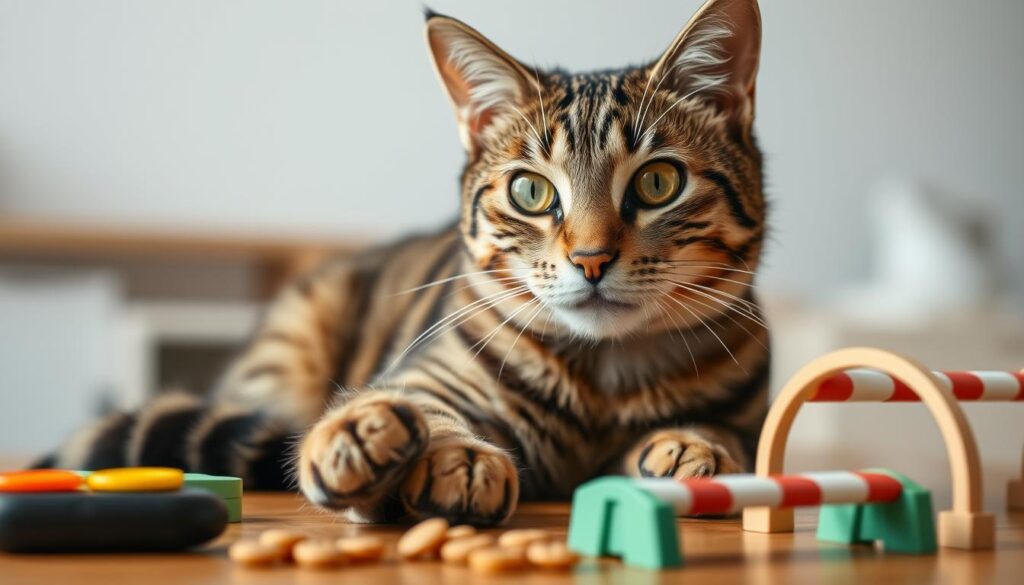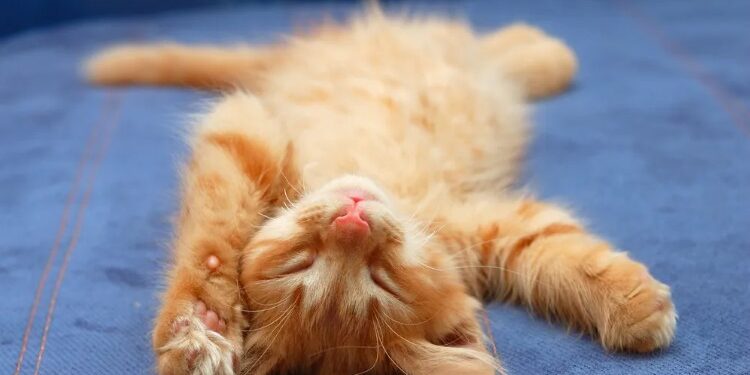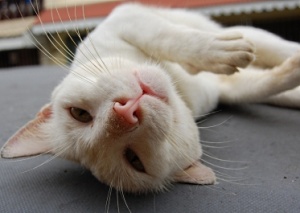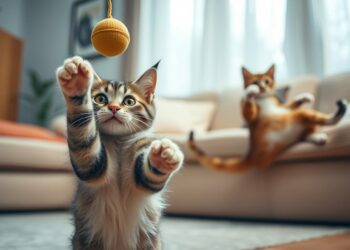Building a strong, loving relationship with your feline friend can be a truly rewarding experience. Understanding their behavior, needs, and personalities is key to creating a harmonious home environment.
Mastering cat behavior is not just about training; it’s about understanding the intricacies of feline behavior and responding to their needs. By focusing on cat obedience training and feline behavior mastery, you can strengthen your bond with your cat and create a more peaceful living space.
With the right approach to cat behavior training, you can unlock the secrets to a happier, healthier relationship with your feline companion.
Understanding Cat Psychology: The First Step to Mastery
Understanding cat psychology is the cornerstone of building a strong, healthy relationship with your cat. Cats are complex animals with unique personalities, and their behavior is influenced by a variety of psychological factors.
Decoding Feline Body Language
Decoding feline body language is crucial for mastering cat behavior. Cats communicate primarily through postures, facial expressions, and tail positions, which convey their mood and intentions. For instance, a cat with its ears back and tail twitching may be feeling anxious or threatened.
Recognizing Cat Communication Signals
Recognizing cat communication signals is vital for effective cat behavior modification. Cats use vocalizations, such as meowing or hissing, to convey their needs or emotions. By paying attention to these signals, owners can respond appropriately and build trust with their cat.
Respecting Cat Boundaries and Territory
Respecting a cat’s personal space and territory is essential for creating a comfortable and stress-free environment. Cats value their independence and may become aggressive if their boundaries are not respected. By understanding and respecting these boundaries, owners can help their cat feel secure and relaxed.
How Can I Master the Cats? Effective Training Techniques

Mastering cat training requires patience, understanding, and the right techniques. To achieve this, it’s essential to understand the principles behind effective cat training.
Positive Reinforcement Strategies That Actually Work
Positive reinforcement is a powerful tool in cat training. By rewarding desired behaviors with treats, praise, or play, you can encourage your cat to repeat those behaviors. For example, when your cat uses the litter box correctly, you can reward them with a treat.
Addressing Common Behavior Problems
Common behavior problems, such as scratching furniture or not using the litter box, can be addressed by identifying the underlying causes and applying appropriate training techniques. For instance, if your cat is scratching furniture, it may be due to a lack of scratching posts.
Creating Consistent Training Routines
Consistency is key in cat training. Cats thrive on routine and clear boundaries. Establishing a regular training schedule and sticking to it can help improve your cat’s behavior and strengthen your bond.
| Training Technique | Description | Benefits |
|---|---|---|
| Positive Reinforcement | Rewarding desired behaviors | Encourages good behavior |
| Consistent Routine | Establishing a regular schedule | Improves behavior and bond |
| Addressing Behavior Problems | Identifying and solving issues | Reduces unwanted behavior |
By applying these effective training techniques, you can improve your cat’s behavior and strengthen your bond. Remember, patience and consistency are key to successful cat training.
Conclusion: Building a Lifelong Bond with Your Feline Friend
Mastering cat behavior is a journey that requires patience, understanding, and the right techniques. By applying the insights and strategies outlined in this article, cat owners can create a more harmonious and loving relationship with their feline friends.
Effective cat behavior training is crucial in building a strong bond between cats and their owners. By understanding feline behavior and using positive reinforcement strategies, owners can address common behavior problems and create a consistent training routine.
Achieving feline behavior mastery is a rewarding experience that pays off in a stronger, more loving relationship. With the right approach, cat owners can unlock the secrets to mastering their cats and enjoy a lifelong companionship.










